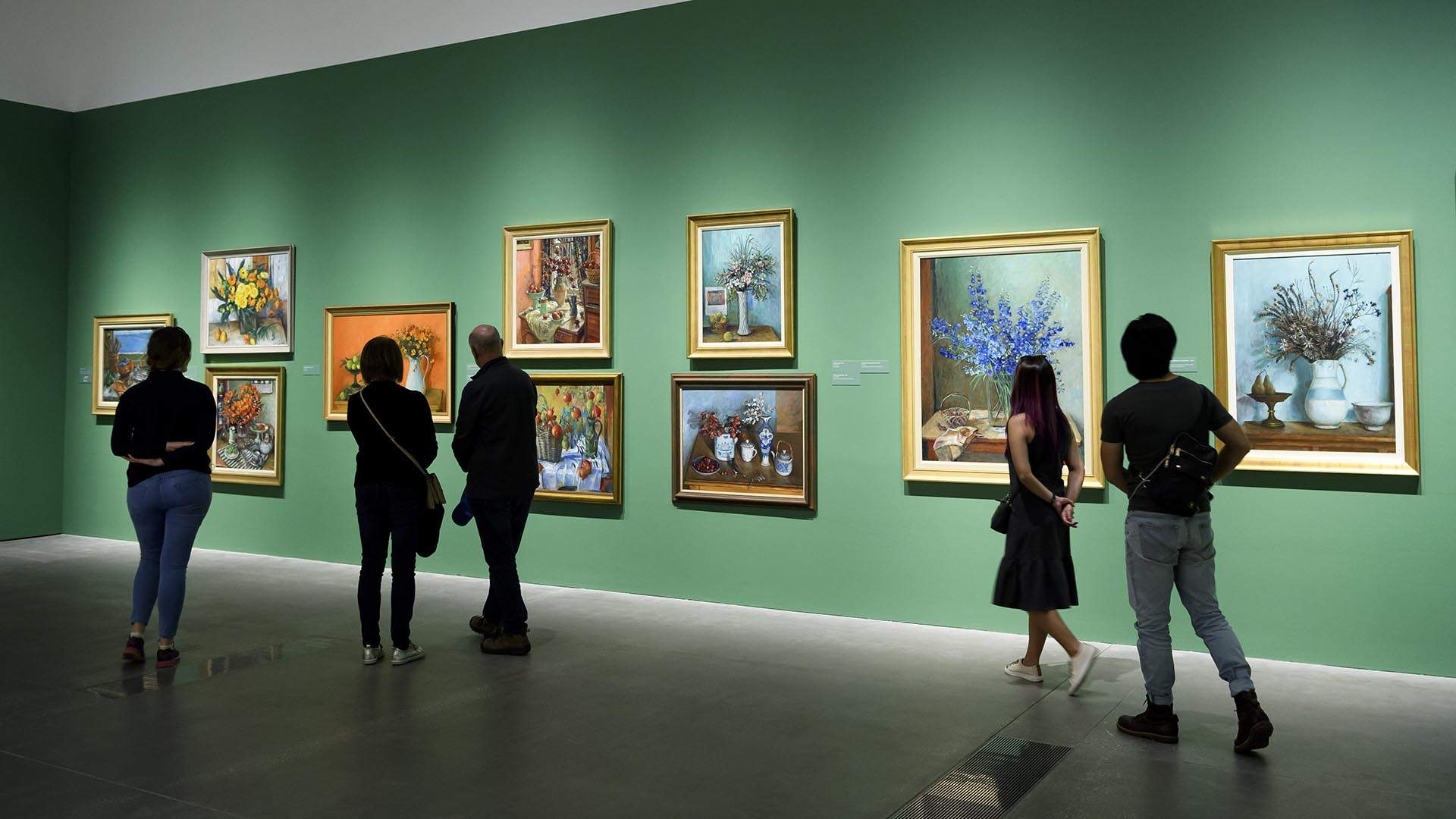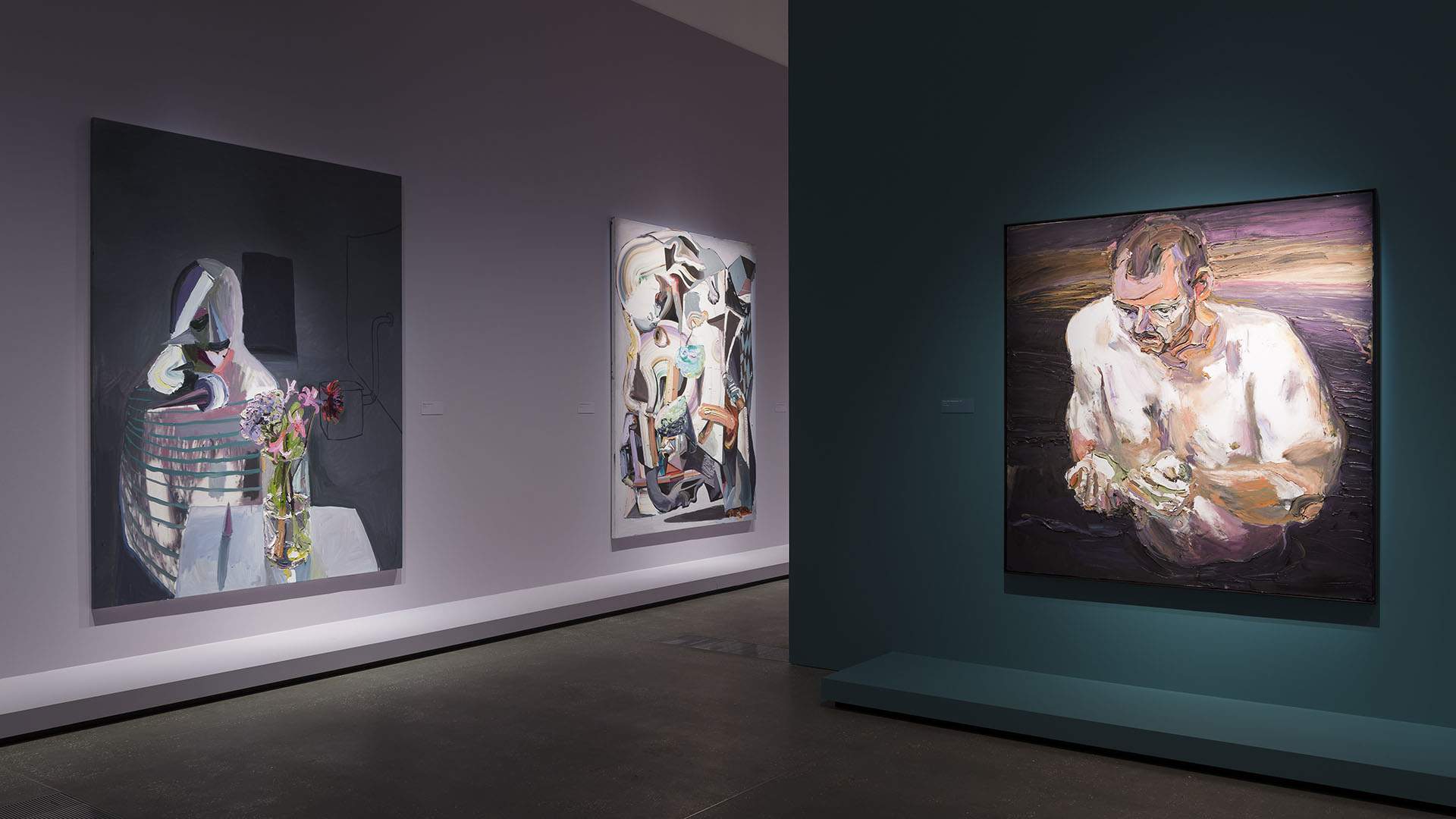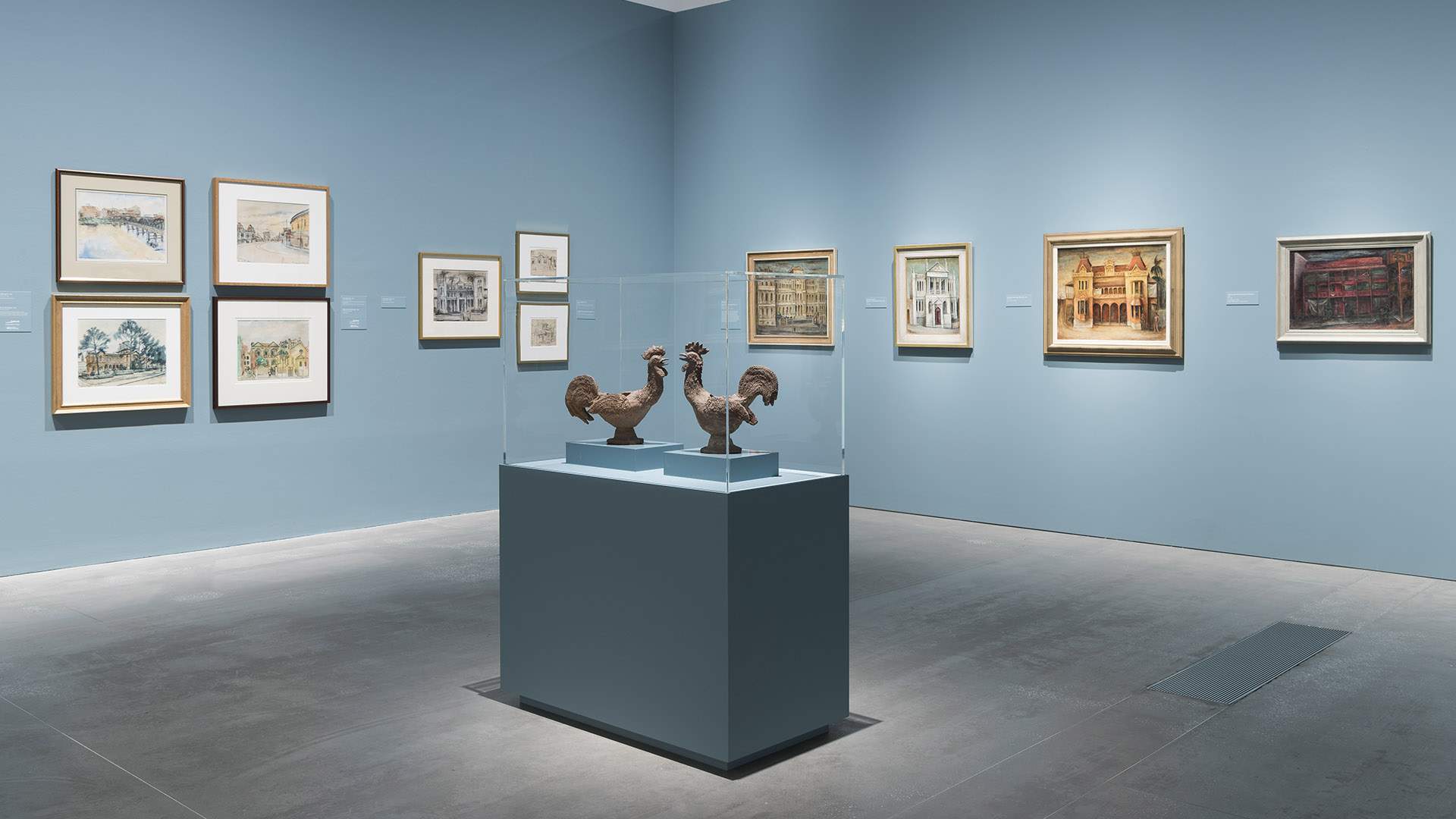Six Artworks You Need to See at GOMA's Huge Margaret Olley and Ben Quilty Exhibitions
The famous Australian artists sit side-by-side at the gallery's two new (free) exhibitions. Here's what works to look out for.
Back in 2011, Ben Quilty won the Archibald Prize for one of his most striking pieces — a portrait of fellow Australian artist Margaret Olley. Befitting his usual style, it fashions her likeness out of heavy yet purposeful brushstrokes and visible, tangible smudges of paint, bringing not just colour to the painting, but discernible texture, movement and vibrancy as well.
When the octogenarian Olley sat for Quilty, it wasn't the first time that the pair had crossed paths. She presented him with the Brett Whiteley Travelling Scholarship in 2002, and a friendship blossomed. While Olley passed away in the same year that Quilty's portrait nabbed Australia's top art prize, the two titans of the local art scene once again sit side by side at the Gallery of Modern Art's latest dual exhibitions — with Margaret Olley: A Generous Life focusing on her prosperous career and Quilty highlighting two decades of his work.
On display until Sunday, October 13, the two free showcases are filled with standout pieces, spanning delicate sketches of Brisbane from times gone by, striking still lifes, mesmerising Rorschach-style landscapes, contemplative portraits and creative sculpture, among other works. With more than 170 items decking the walls across both exhibitions, each one is worth your time; however it you're wondering which paintings to look out for, here are our six tips.

MARGARET OLLEY: A GENEROUS LIFE

Victoria Bridge (1966), Margaret Olley. From the Moreton Bay Regional Council (Caboolture Art Gallery) Collection.
VICTORIA BRIDGE
Living in the city on and off for much of her life, Margaret Olley turned many of Brisbane's streets and sights into art. Several pieces comprise an entire section of A Generous Life, not only offering a snapshot of the artist's work, but a time capsule of the city from five decades ago. Perhaps because it's such a crucial part of the CBD, or perhaps because it has changed significantly since Olley's 1966 work, her rendering of Victoria Bridge makes a splash. Linking the north and south sides of the river in the CBD, the overwater roadway is a functional crossing rather than anything spectacular to look at; however, in a simple inner-city landscape that combines pen and watercolour, this vivid piece will make you think otherwise. It actually depicts the previous version of the bridge, which was replaced by the current structure in 1969.

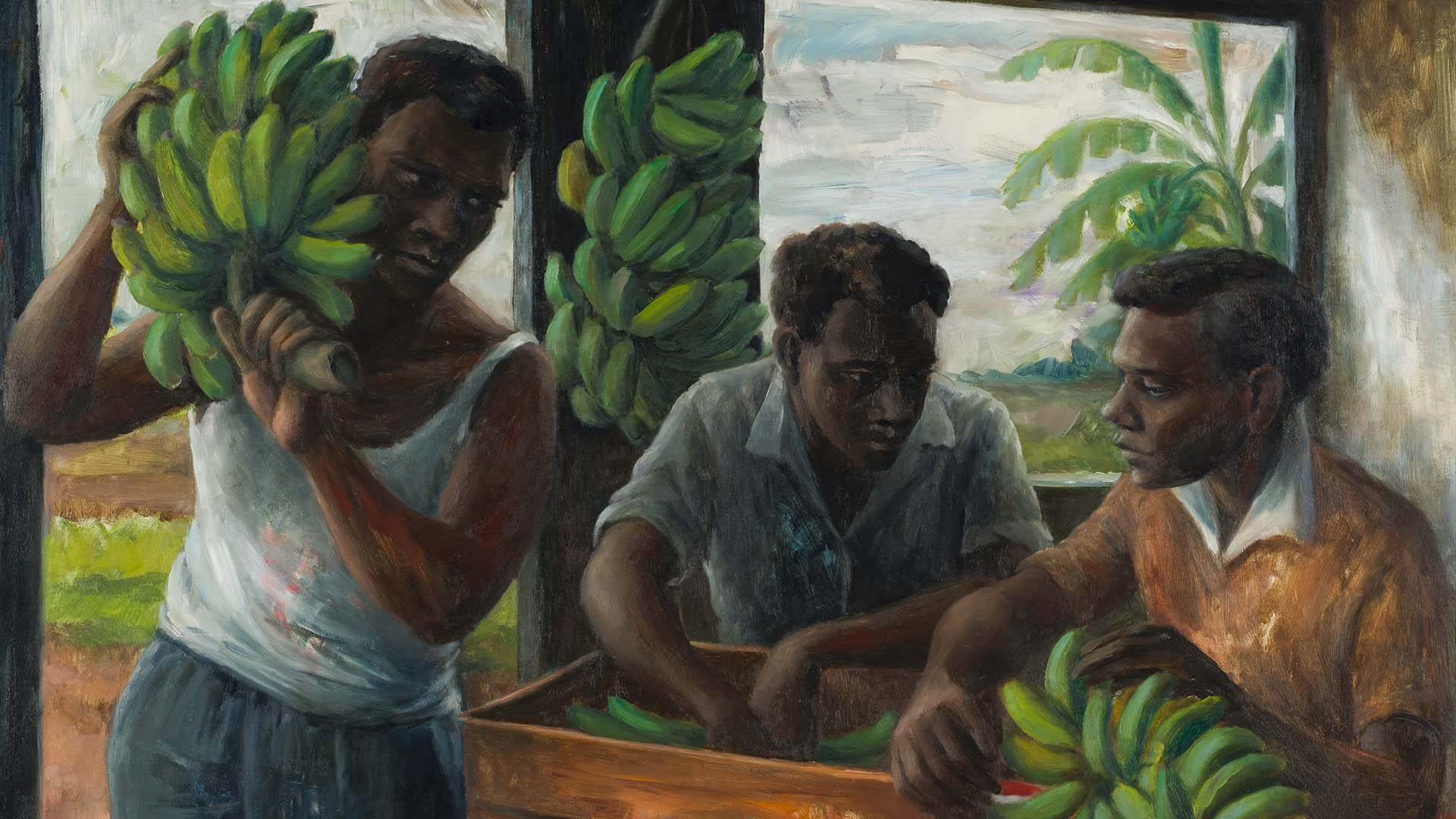
The banana cutters (1963), Margaret Olley. Purchased 2014 with funds from Drs Philip and Lenna Smith through the Queensland Art Gallery and GOMA.
THE BANANA CUTTERS
At GOMA's exhibition, separate areas are devoted to Olley's still-life paintings and her Indigenous portraits. Many straddle the divide — although, amidst bright pieces with eye-catching flowers and colourful fruit, The Banana Cutters stands out. Like her paintings of Brisbane as well, the piece captures Queensland history, showing a trio of the state's Indigenous workers plying their trade in the early 1960s. From a technical standpoint, it also achieves a significant feat as a detailed figure painting. There's much to marvel at in the intricate vision of three men making a living, as well as the window into the past that they represent.

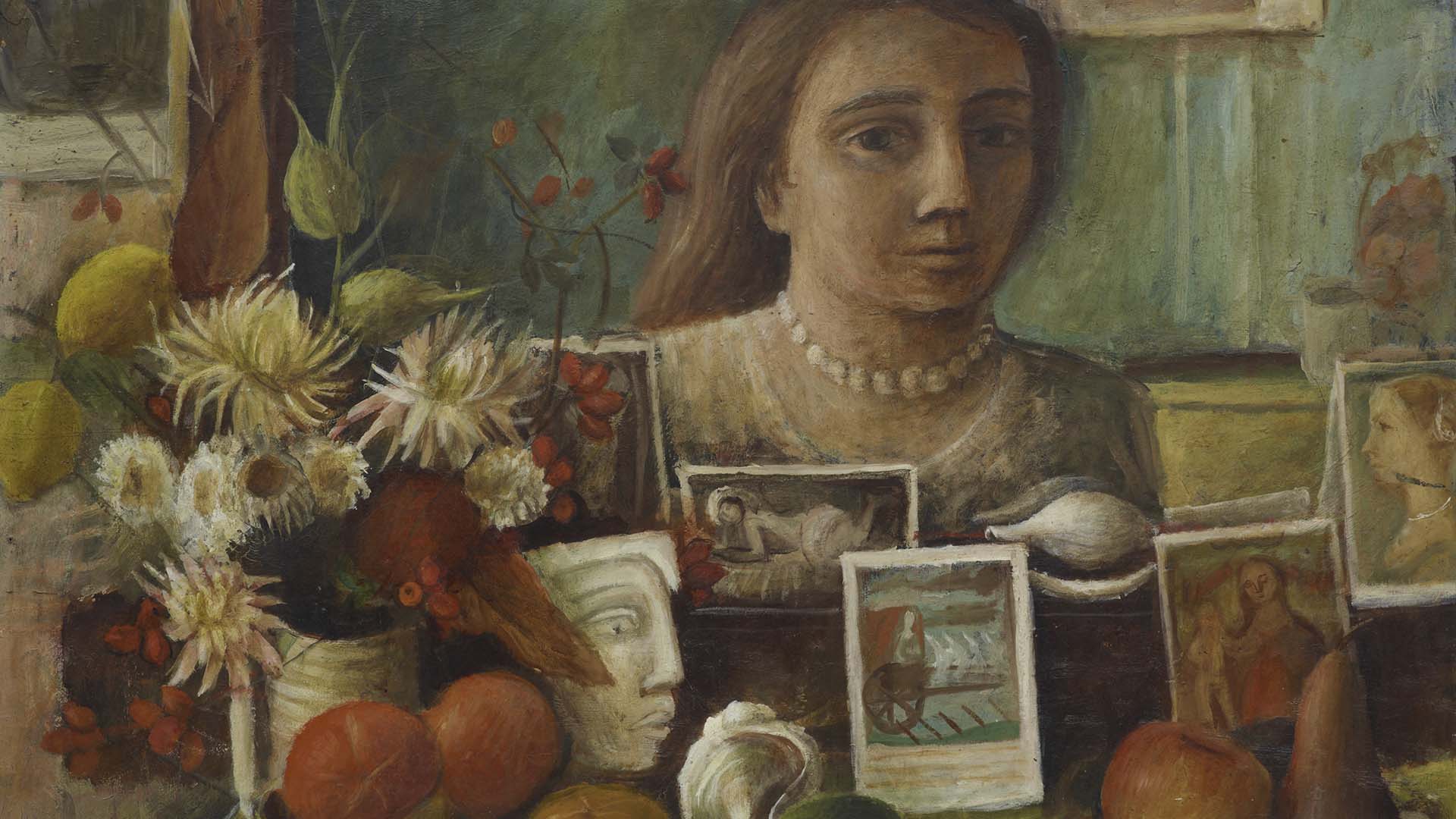
Portrait in the mirror (1948), Margaret Olley. Gift of the artist 2001, © Estate of Margaret Olley. Photo: Diana Panuccio, AGNSW.
PORTRAIT IN THE MIRROR
Olley, like many artists, wasn't afraid of using her own reflection as inspiration, as A Generous Life makes plain. Several of her self-portraits grace GOMA's walls, offering an evolution of her style in a microcosm — an overview within an exhibition already designed to provide an overview, all by focusing on Olley's own form. And just as her eyes were drawn to her own guise over and over again, attendees will be drawn to 1943's Portrait in the Mirror, which features the artist surrounded by chosen belongings. Many will be instantly recognisable to those who've wandered through the preceding pieces, given that fruit and flowers feature prominently.

QUILTY
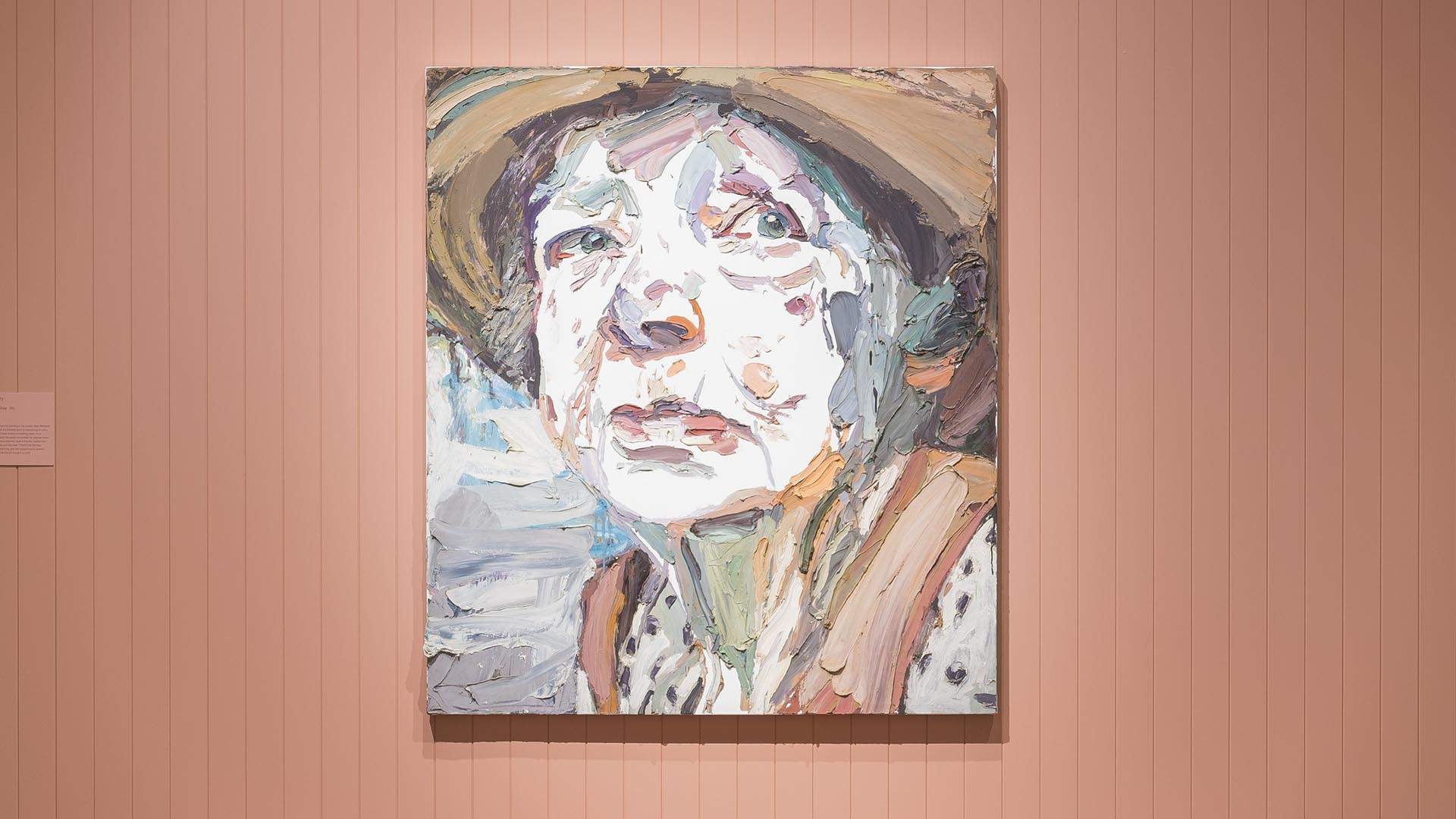
Margaret Olley (2011), Ben Quilty. Image courtesy of the Queensland Art Gallery and GOMA. Photograph: Natasha Harth, QAGOMA.
MARGARET OLLEY
While it sits on the A Generous Life side of GOMA's ground floor, rather than across the wide hallway in his own section, Ben Quilty's portrait of Margaret Olley is the centrepiece of both exhibitions — a fitting status for a work that won the 2011 Archibald Prize. When he emerged victorious, it was a case of seventh time lucky for the artist. When you take in his painting, it's easy to understand why. Here, the piece gets its own wall, as well as its own space to shine. Making the most of its placement, spending time with it and truly peering at every inch is recommended. You'll not only stare into the eyes of a woman rightfully celebrated as a great of Australian art, but, through his thick, almost sculptural globs of paint, you'll see her through Quilty's affectionate but unsentimental gaze.

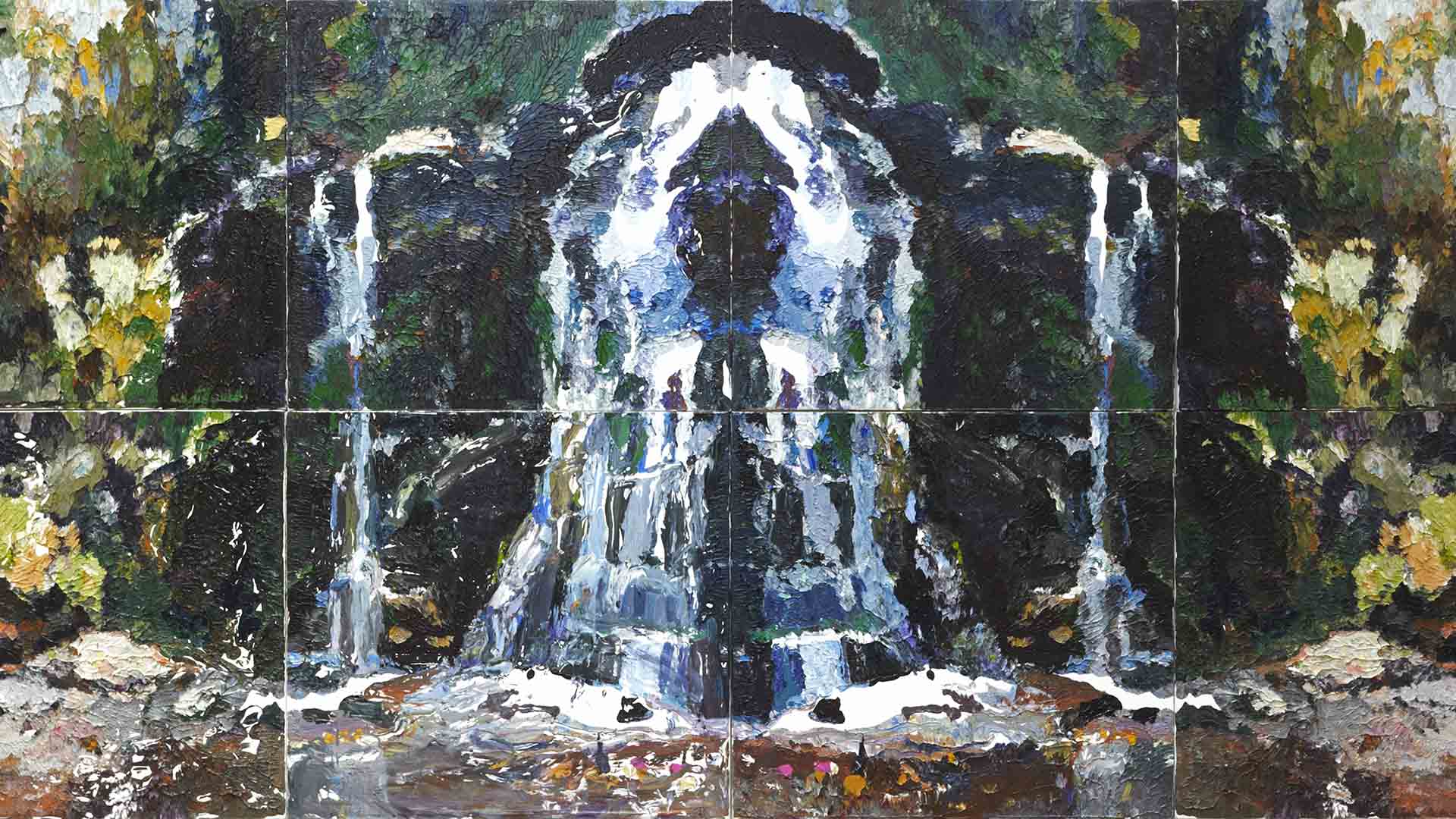
Fairy Bower Rorschach (2012), Ben Quilty. Purchased with funds provided by the Patrick White Bequest Fund, 2012, Art Gallery of New South Wales, Sydney, Courtesy the artist.
FAIRY BOWER RORSCHACH
Comprised of eight panels and taking over an entire wall, this Rorschach-style piece recreates a scenic landscape. Instead of an ink blot, Quilty uses heavy paint, a mirrored composition, and soothing hues of green and blue to depict a picnic spot in Victoria. But the place and the image both hide a darker secret, with the spot reputedly the sight of a massacre in 1834, with Aboriginal Australian women and children killed. That's why Fairy Bower Rorschach doesn't just seem peaceful, but foreboding — and why its central waterfall can't wash away that feeling. A word of warning: it's one of several paintings in the exhibition to use the visual technique, and it's easy to lose track of time while you're standing before them.

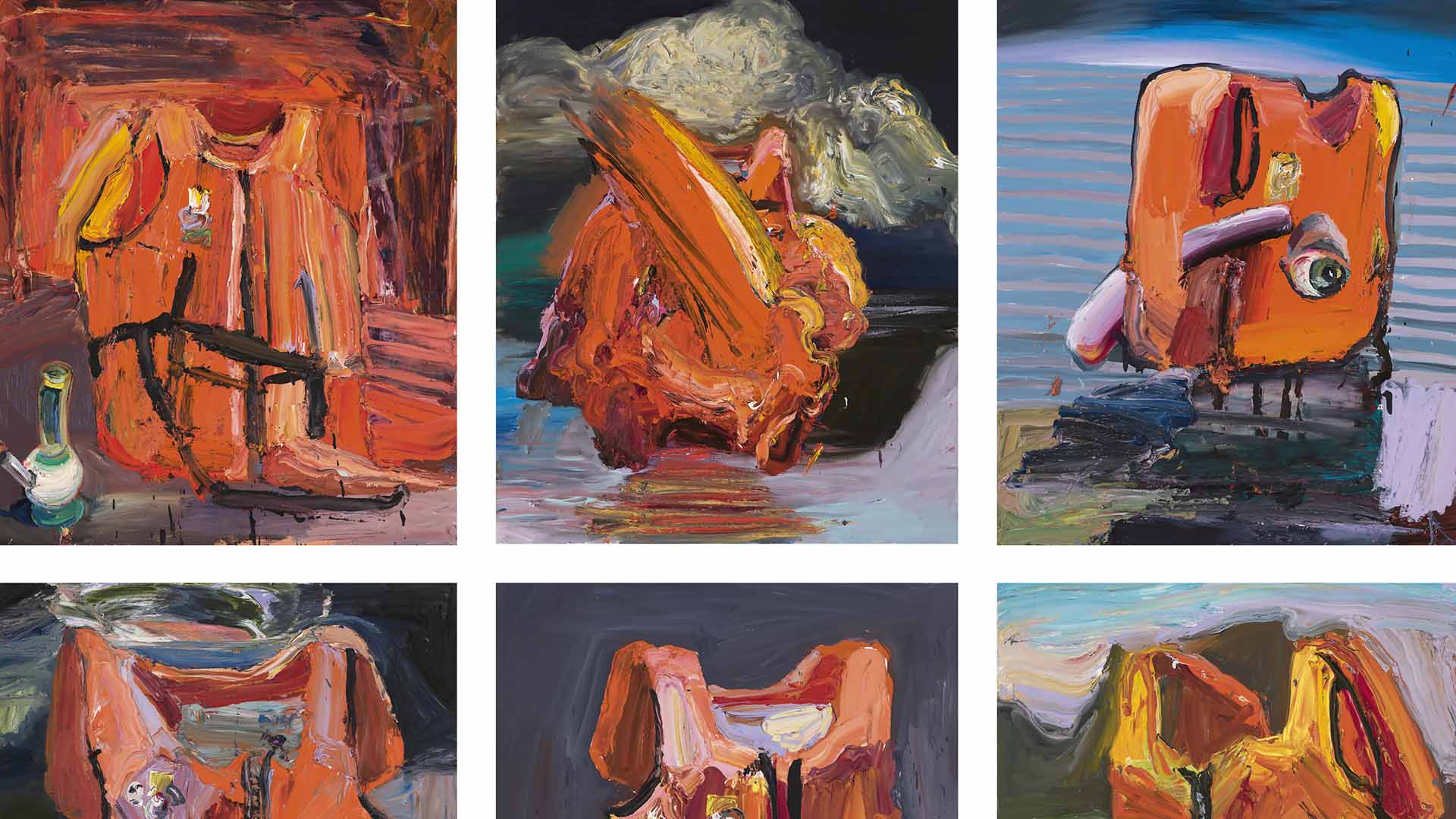
Ben Quilty. Top row: Reza (2016), Gift of Paul Walker and Patricia Mason in memory of Reza; Omid Masoumali (2016), Gift of Paul Walker and Patricia Mason in memory of Omid Masoumali; Omid Ali Avaz (2016), Gift of Paul Walker and Patricia Mason in memory of Omid Ali Avaz. Second row: Ali Jaffari (2017), Gift of Paul Walker and Patricia Mason in memory of Ali Jaffari; Mohammad Nazari (2017), Gift of Paul Walker and Patricia Mason in memory of Mohammad Nazari; Khodayar Amini (2017), Gift of Paul Walker and Patricia Mason in memory of Khodayar Amini.
LIFE VESTS
Sometimes, the simplest things make the biggest statement. For a person searching for refuge in Australia, making the perilous journey across the globe by boat and putting their very existence at risk, a life jacket isn't a simple item; however, to the rest of the world, its symbolism is now well-understood. Known as an Australian leader in activist art, Quilty's series of 12 life vests draws attention to the country's asylum seeker policy. More than that, it dedicates each image to the memory of someone who didn't survive the process, all after making it to the border and enduring what came next. Placed next to each other, this dramatic dozen is disarming by design and demands attention. It shouldn't escape notice that, while they're all grouped together, each vest sits alone in a separate piece, which is how the people who inspired them must've felt at the end of their lives.

Margaret Olley: A Generous Life and Quilty are both free and on show at the Gallery of Modern Art, Stanley Place, South Brisbane until October 13.
Top images: Margaret Olley: A Generous Life exhibition views at the Gallery of Modern Art (GOMA), Brisbane. Images courtesy the Queensland Art Gallery | Gallery of Modern Art (QAGOMA). Photographs: Natasha Harth / Chloe Callistemon, QAGOMA.
